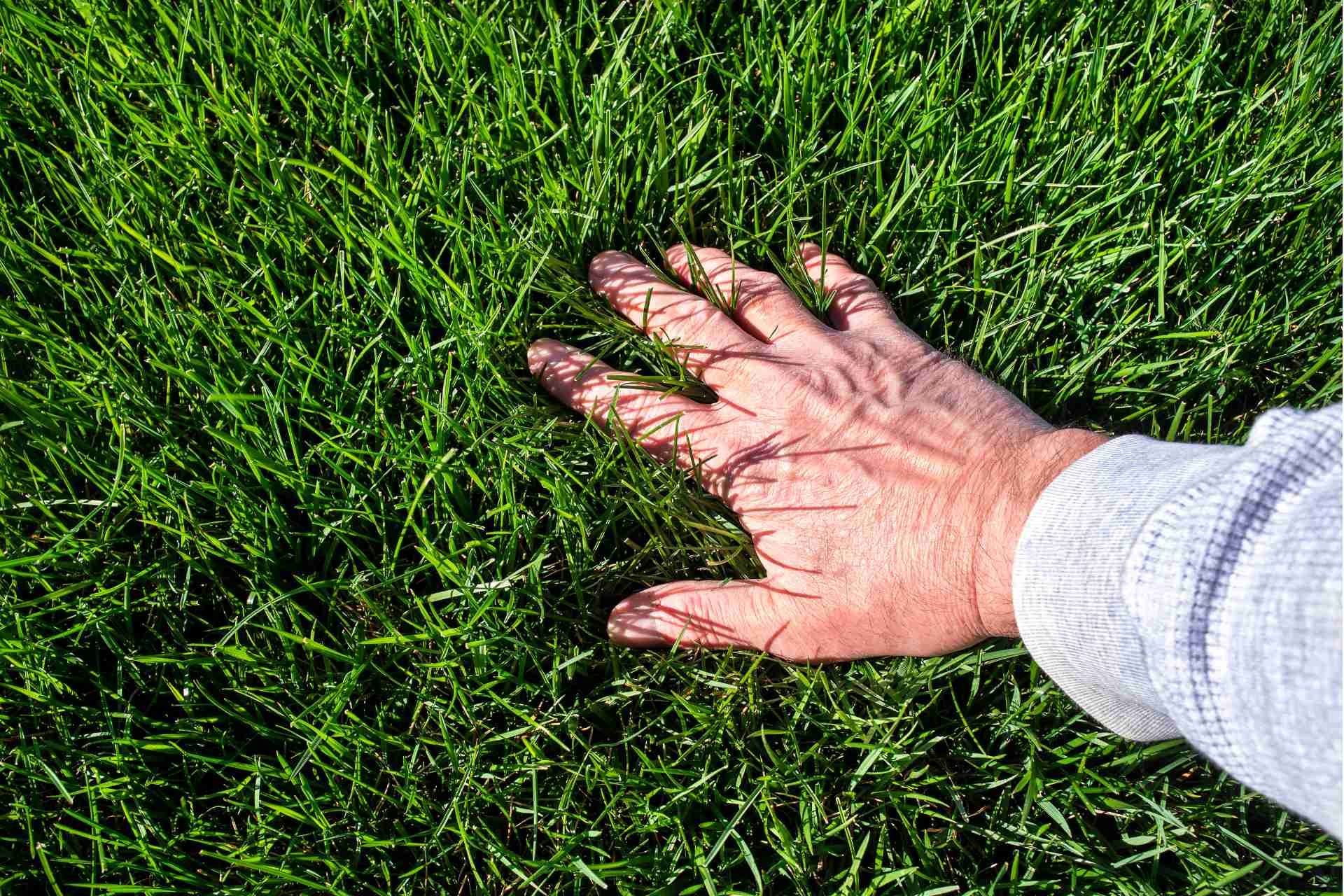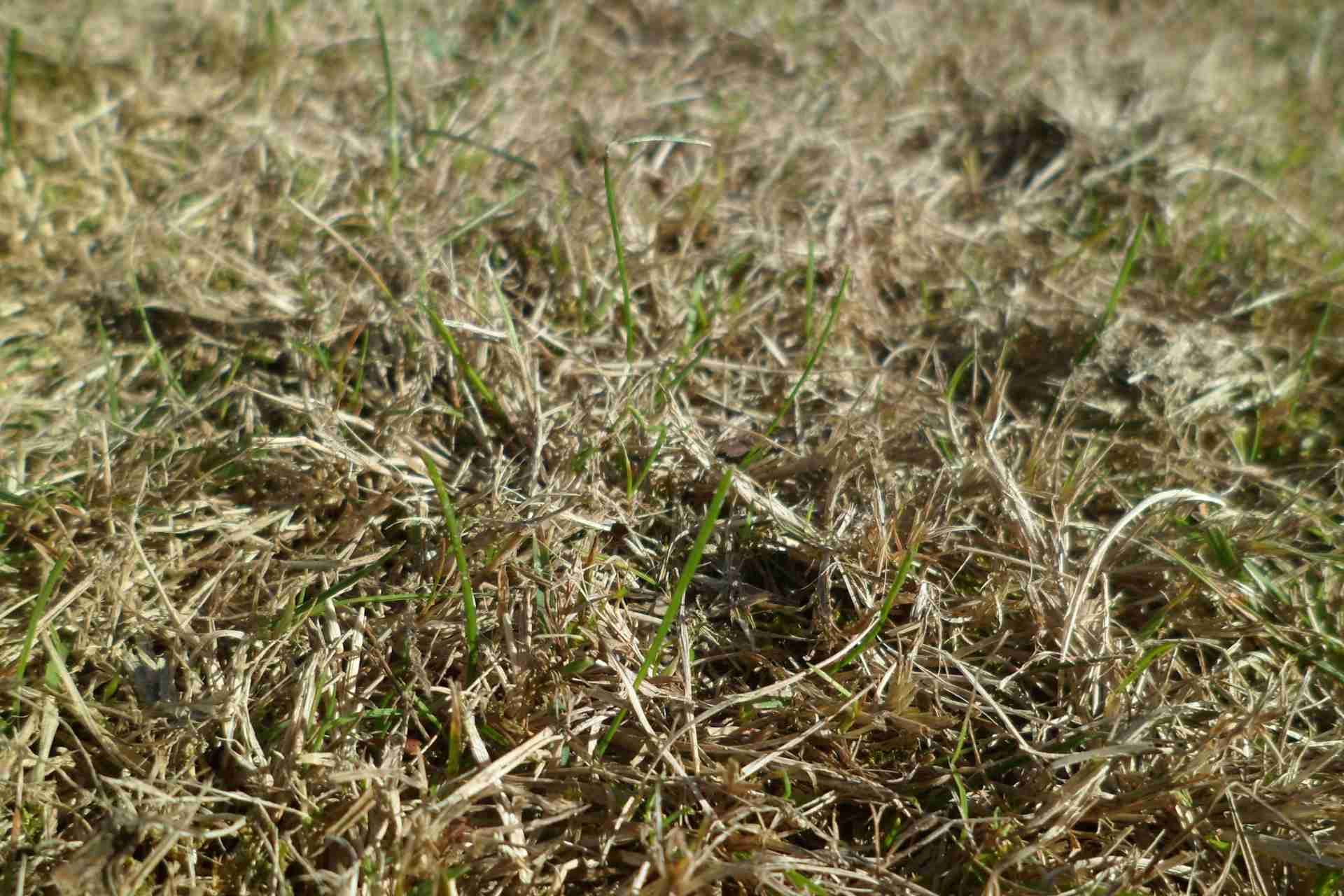Achieve the Perfect Lawn: Essential Lawn Care and Maintenance Tips
Basic Lawn Care and Maintenance Tips

When it comes to maintaining a healthy lawn, ensuring proper soil preparation is crucial. Imagine having a patchy, dry lawn that struggles to thrive despite your efforts. By understanding the basics of lawn care and maintenance tips of soil composition and pH levels, you can lay a solid foundation for a lush and vibrant lawn.
But there's more to it than just soil; let's delve into mowing techniques, watering schedules, and the right fertilizers to keep your green space looking its best.
Soil Preparation
To ensure a healthy lawn, begin by thoroughly examining the quality of your soil. Soil testing is essential to understand its composition and nutrient levels. You can conduct a soil test either using DIY kits or by sending samples to a lab for analysis. This test will guide you on what amendments are needed for optimal lawn growth.
Compaction prevention is another crucial aspect of soil preparation. Compacted soil restricts root growth, water infiltration, and nutrient absorption. To prevent compaction, aerate your lawn regularly by using aeration tools like core aerators. This process loosens the soil and promotes better air circulation, allowing roots to thrive.
Mowing Techniques
Examine your lawn mower blades regularly to ensure they're sharp and properly adjusted for optimal mowing efficiency. Sharp blades make cleaner cuts, promoting a healthier lawn by reducing stress on the grass. Adjust your mower to the proper height, usually around 2-3 inches, depending on the grass type. Mowing too short can stress the grass and make it more susceptible to pests and diseases.
When mowing, follow the 'one-third rule' - never cut more than one-third of the grass blade length at a time. Cutting too much can shock the grass and lead to browning or even dieback. Additionally, vary your mowing pattern each time you mow to prevent the grass from leaning in one direction. This helps the grass grow upright and reduces the risk of scalping.
Regular maintenance of your mower and adherence to proper mowing techniques will contribute to a lush, healthy lawn. Remember, the key to a well-manicured lawn is in the details - starting with sharp blades and the correct mowing height.
Watering and Fertilizing
Regular and proper watering along with timely fertilization are essential for maintaining a vibrant and healthy lawn throughout the growing season. Proper hydration is crucial for the overall health of your grass. Water your lawn deeply but infrequently, aiming for about 1 inch of water per week, either through rainfall or irrigation. Watering in the morning is best to reduce evaporation and allow the grass blades to dry during the day, minimizing the risk of diseases.
When it comes to fertilizing, it's important to maintain a proper nutrient balance. Choose a high-quality fertilizer with the right ratio of nitrogen, phosphorus, and potassium. Apply fertilizer in the spring to promote growth and again in the fall to help with root development and winter hardiness. Be careful not to over-fertilize, as this can lead to excessive growth, thatch buildup, and environmental pollution.
Conclusion
Now that you have learned the basics of lawn care and maintenance, you're well equipped to keep your lawn looking lush and healthy.
Remember to regularly check the soil, mow with proper techniques, and water and fertilize as needed.
By following these simple tips, you can ensure that your lawn remains beautiful and vibrant throughout the year.
Keep up the good work and enjoy a well-maintained lawn!









